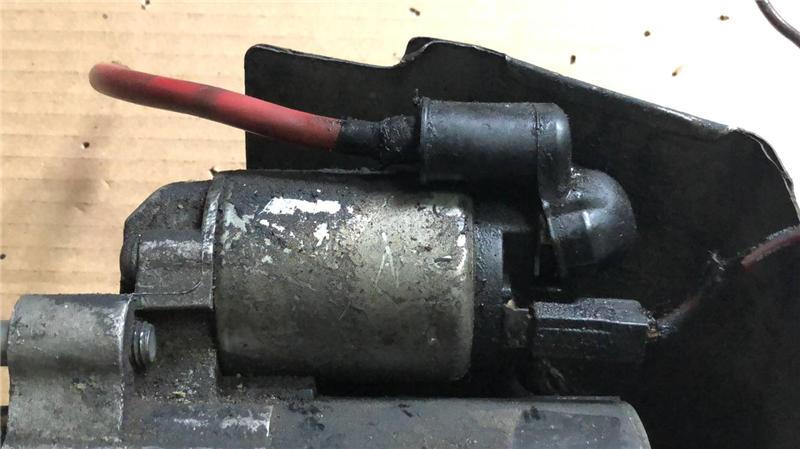

Consider these possible signs of a failing or bad starter solenoid when you turn the key: Signs of a bad starter solenoidīecause it is more common to run into problems with the starter solenoid than with a plug-in relay, for our purposes we will focus on symptoms related to the solenoid. Most often, a true starter relay is a small black cube plugged into an electrical fuse/relay box in the engine compartment, whereas a starter solenoid is (in most cases) attached directly to the starter on the engine (although it is sometimes located elsewhere in the engine compartment). In that case, the relay will trigger the solenoid. And some manufacturers use both a relay and a solenoid in the ignition system. Still, one person might refer to a starter relay and another to a starter solenoid.įurther muddying the water, these devices are located in different places on different vehicles. Because of its construction and manner of operation, a solenoid is usually capable of switching a higher current than a relay. So, in that manner the terms are often used in place of one another. While technically a relay and a solenoid are constructed and operate differently, both are remote electromagnetic “switches.” And both can perform the same function: control a high-power signal with a low-power signal. (Hopefully we do not add to the confusion). Now the terms relay and solenoid are often used interchangeably and there is a lot of confusion about which is which. In the case of a starter, the ignition switch signals the relay/solenoid (possibly by way of a computer) and the relay/solenoid switches on the starter circuit to engage the starter. That way, a big job (like starting an engine) can be enabled by a small switch.īoth a relay and a solenoid are devices that receive a low-power signal as a trigger to close (or sometimes open) a much larger circuit with more power. So automakers insert a device that enables a low-power signal to trigger a high-power signal. The starter is tasked with the job of getting the internal parts of the engine turning, and that requires a lot of torque, thereby requiring more power.

Certainly more than the tiny wires running to the ignition switch can handle. In any case, the switch “tells” the starter circuit to engage.īut the starter itself requires a lot of power. On older vehicles, the signal is an electrical current (like a light switch in your house) on newer vehicles, the signal may be an electronic impulse sent to the vehicle’s computer. Like most of the switches in your vehicle, the ignition switch controls only a low-powered signal, in this case to start the engine. When you turn the key to start your car, you are activating the ignition switch. This could be a sign that your car’s starter relay – or starter solenoid – has gone bad. But since the dash lights and the radio and the headlamps seem to be working, maybe something else is the culprit. The engine won’t turn over and your car won’t start. Turn the key in the ignition and… nothing. I have also seen this link break on Cummins engines.Climb into your car. This could be a faulty relay or wiring to it from the start button.Ĭheck for dirty connections on the copper link from the solenoid output stud to the starter fields. If the voltmeter doesn't show any voltage it means that the relay is not working. If the voltmeter reads about 12volts with the start button pressed, the starter is faulty. If the voltage doesn't drop by much, move the positive voltmeter lead to the solenoid energising wire. If the starter doesn't work, but the voltage drops substantially you have problems in the main battery cables, isolation switch, or batteries. Press the start button and see if the voltage drops. To test the system connect a voltmeter to the main positive and negative studs on the starter. The start button operates this relay which closes its contacts and powers up the energising wire to the main starter solenoid. This relay has a positive cable on its other stud. This wire goes to a starter slave relay, usually nearby on the chassis or firewall etc. Starter energising wire on another small stud on the solenoid. Also earth wire from here to a small stud on the solenoid. I assume the starter is a 12volt Delco 40MT, 42MT, or 50MT.īattery positive on large stud on top of the solenoid.īattery negative on the large stud on the rear of the starter.


 0 kommentar(er)
0 kommentar(er)
